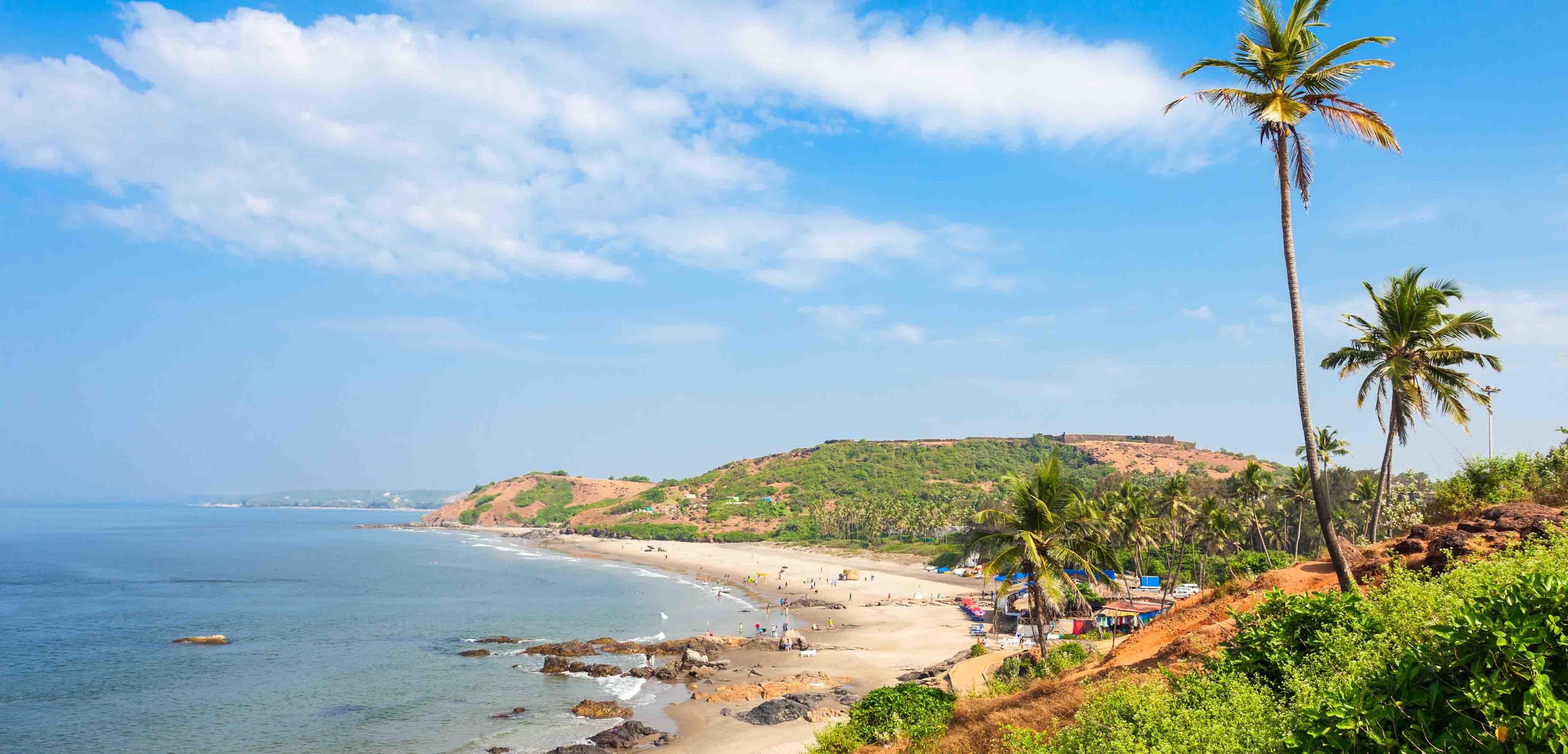India's cultural diversity is one of its most compelling tourist attractions, offering a vivid tapestry of traditions, languages, cuisines, festivals, and art forms that captivate travellers worldwide. The success of tourism in any country, is influenced by a number of factors like affordability, safety, cleanliness and infrastructure to name a few.
A recent press report commented on the drop in tourists to popular destinations like Goa. Whilst the issue is being debated, some key problems have been highlighted, which have affected tourist numbers. Amongst the most important issues, is transportation, that provides improved accessibility to Tourist destinations. Convenience of commuting enhances the overall experience and tourists want the freedom to move around freely. Also, a safe and efficient transport system connects remote and less-explored destinations, opening up opportunities for tourists to visit offbeat locations. Seamless integration of air, rail, road, and water transport ensures smooth transitions and reduces travel fatigue.
In the case of Goa, it lacks a robust public transport network. Consequently, tourists rely on two-wheelers and private cars. The strong influence of traditional taxi unions often resists the implementation of modern transportation solutions like ride-hailing apps. Lack of last mile connectivity options is another constraint.
A two pronged approached is the solution.
1. Smart Travel
- Mobile apps for transport booking, route planning, and real-time updates enhance convenience.
- Contactless Services like QR codes and digital payment options make public transport tourist-friendly.
- Introduction of electric buses, hybrid vehicles, and well-maintained cycling tracks promotes sustainable tourism.
- Reduced carbon emissions help protect the pristine environments of tourist hotspots.
2. Safe Travel
One of the most disturbing aspects of travelling is the vulnerability to theft, harassment, or physical harm during travel. Poorly maintained roads, reckless driver behaviour and malfunctioning or poorly maintained vehicles, are some of the causes of unsafe travel. Women, especially alone, face the brunt of unsafe travel in India. This deters them from availing public transport, thereby restricting their freedom of travel.
Adoption of technology has provided a watershed moment in safe travel. Tech companies are creating a safer travel ecosystem by combining data, AI, IoT, and human-centric design. Roadcast is at the forefront of providing technological solutions to this grievous issue of unsafe travel. Some of the key features of this innovation:
i. AI-Powered Driver Monitoring Systems
Fatigue Detection: AI monitors drivers for signs of drowsiness or distraction, issuing alerts to prevent accidents.
ii. Alcohol Detection Sensor to avoid Drunken Driving
Behavior Analysis: Real-time tracking of actions like sudden braking, harsh acceleration, or phone usage while driving.
iii. Advanced Telematics and Fleet Management
Real-Time Tracking: GPS-enabled solutions provide live updates on vehicle location, speed, and route deviations.
Geofencing: Alerts when vehicles enter or exit predefined zones to ensure adherence to safe routes.
iv. Dashcams and Video Analytics
Incident Recording: High-resolution cameras capture road incidents for accountability and insurance purposes.
AI-Powered Insights: Video analytics to pre emptively identify hazardous situations and enable safer driving practices.
v. Safety Apps and Platforms
SOS Features: Aggregator Apps include panic buttons for riders to alert authorities.
Location Sharing: Real-time location sharing with friends or family for added security.
vi. Wearables and Personal Safety Devices
Tracking Devices: ID cards, Smartwatches and wearables provide location tracking and emergency alerts.
Innovative Products: GPS-enabled trackers for vulnerable groups like children and women.
Addressing these challenges requires collaboration among governments, technology providers, transport operators, and individuals. Investing in an efficient and safe transport infrastructure is a key driver for unlocking India’s tourism potential. By prioritizing this sector, India can cement its place as a top global travel destination.
